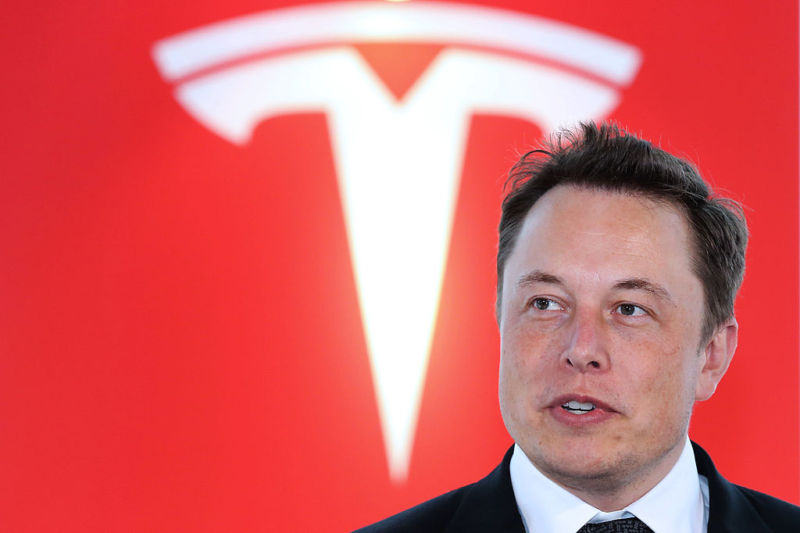ISee teaches robobomies to make decisions in unexpected situations

Startup iSee is an American company founded by people from MIT. Its employees are engaged exclusively in research in the field of robility. In particular, they plan to use AI to train machines to make decisions in case of unforeseen circumstances. The developers call all this “common sense”, in fact, iSee is trying with all its might to make sure that robobomies can quickly react in difficult situations. And of course, this reaction should not lead to victims or accidents.
The developments that are being carried out now in other companies mainly go in the direction of learning computer auto systems to recognize signs, road markings, license plates of other cars, weather conditions, etc. The machine identifies the object and acts as it was “taught.” But in difficult situations, when something comes across that the machine "does not know," such a system does not work.
Despite the fact that many accidents occur due to the "human factor", the driver-person is still able to quickly respond to the emergence of non-standard situations.
ISee already has the first prototype of their system installed on a Lexus SUV. One of the founders of the company previously owned this car, but decided to allocate it for the benefit of science (of course, pursuing commercial goals, not without it). Seven specialists work on the software platform in the company, all are high-class programmers. According to the representatives of the startup, if they succeed, then the new technology will be able to change what is now called rob-mobile. Machines with computer control systems will become much smarter.
Much remains to be done, as iSee tries to use a number of human features that allow the driver to avoid dangerous situations that arise unexpectedly. For example, a human driver understands that if a bus in front is at a bus stop, then many people may appear on the road at that very moment. Therefore, no hurry. But ordinary robomobili do not "understand." For them, that traveling bus, that standing is an obstacle of one order. And people, arising as if from nowhere, can put a robotic car at a dead end. In iSee, they try to teach the control systems of cars to such things. Therefore, the developers call their goal to add a bit of “common sense” to the computer.
As an example of the erroneous behavior of modern car drivers, developers give Tesla driving on the road in China. There is a video on YouTube that shows Tesla electric car in autonomous control mode, which, without hesitation, so to speak, rushes to the sweeper. The fact is that Tesla autopilot was coached in Europe and the USA, and the system simply does not know about the existence of machines that differ from those used in the specified regions.
ISee is trying to understand which features of human consciousness and thinking help us to avoid accidents in difficult situations. And the developers are planning to recreate these features in software, making AI smarter. Among other things, we are talking about teaching machines to interact with their environment. The computer must understand what will happen to object A, if object B behaves in a certain way. Of course, there can be much more objects than two, and this is the main problem for roaming vehicles. The most perfect system now can not be compared with the reaction of an adult. But the software platform created in iSee can be trained to interact with the world in much the same way as small children do.
The trial and error method is one of many used by the company's specialists. It is good that any of the situations through which the computer went will serve as the basis for gaining experience. If the system was able to find a solution to the problem, this solution will remain in memory, and in the following situations, similar to the one that has already happened, the car will “know” what to do and with a high degree of probability the solution will be correct. The method of work of employees iSee has a name. This is probabilistic programming. The mentioned area is relatively new, and the experience has yet to be gained.
By the way, in most science fiction works, the first robots that interact with people are humanoid. But most likely, in reality, these robots will be autonomous machines.
Not only software platform

Yes, the developers of robo-mobiles understand that the “hardware” must be precisely tailored to the solution of a certain range of tasks. Ilon Musk, whose company was mentioned above, announced the start of developing his own chips for their automatic control systems. AMD will help the company in this undertaking.
At the moment, Tesla is heavily dependent on Nvidia, the company that supplies elements of the current autopilot hardware. In the future, cooperation with AMD will reduce Tesla's dependence on Nvidia somewhat.
In general, Ilon Musk is trying to follow his own principle, announced earlier - to try to use their own development when it is possible.


All Articles